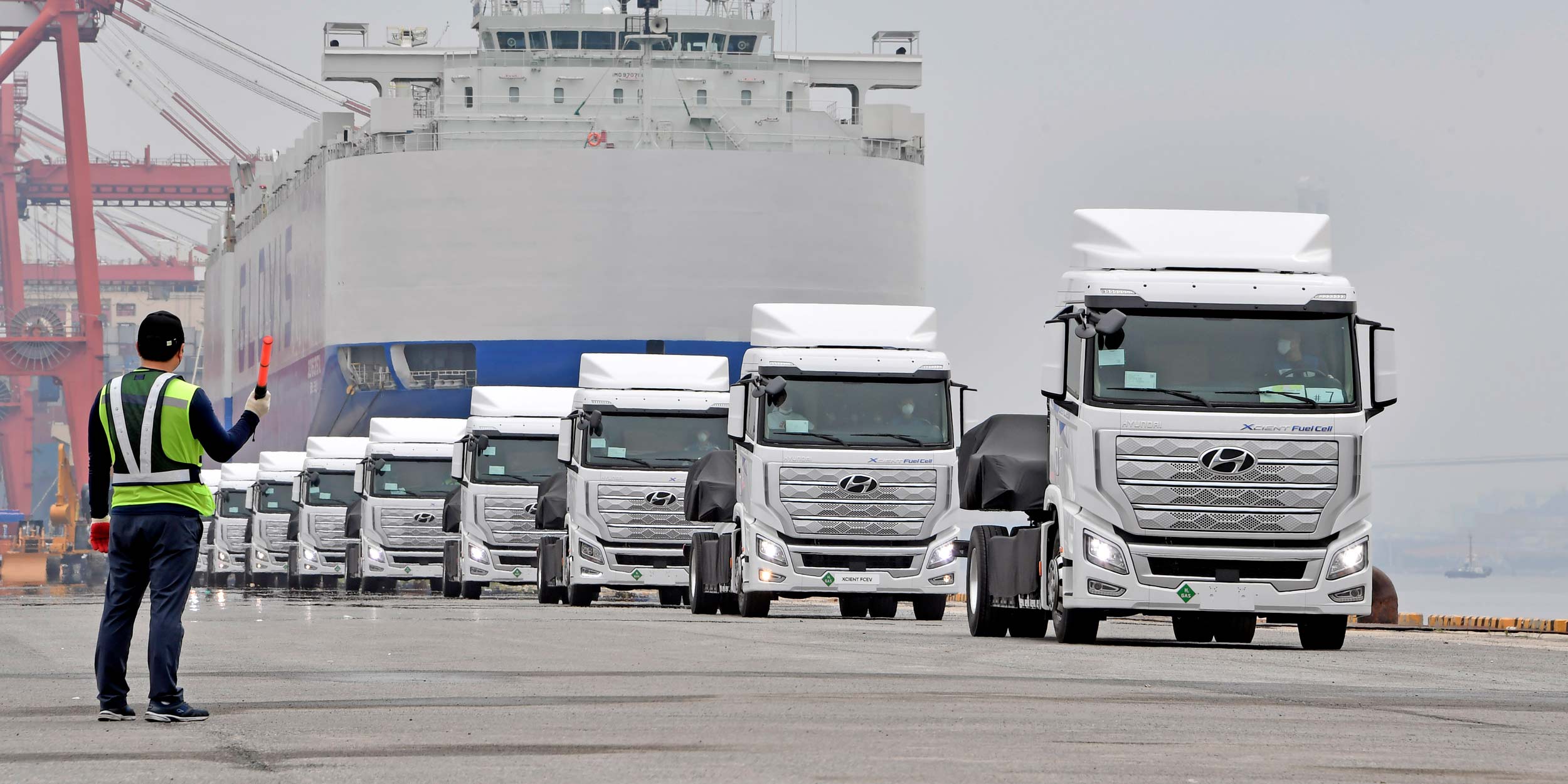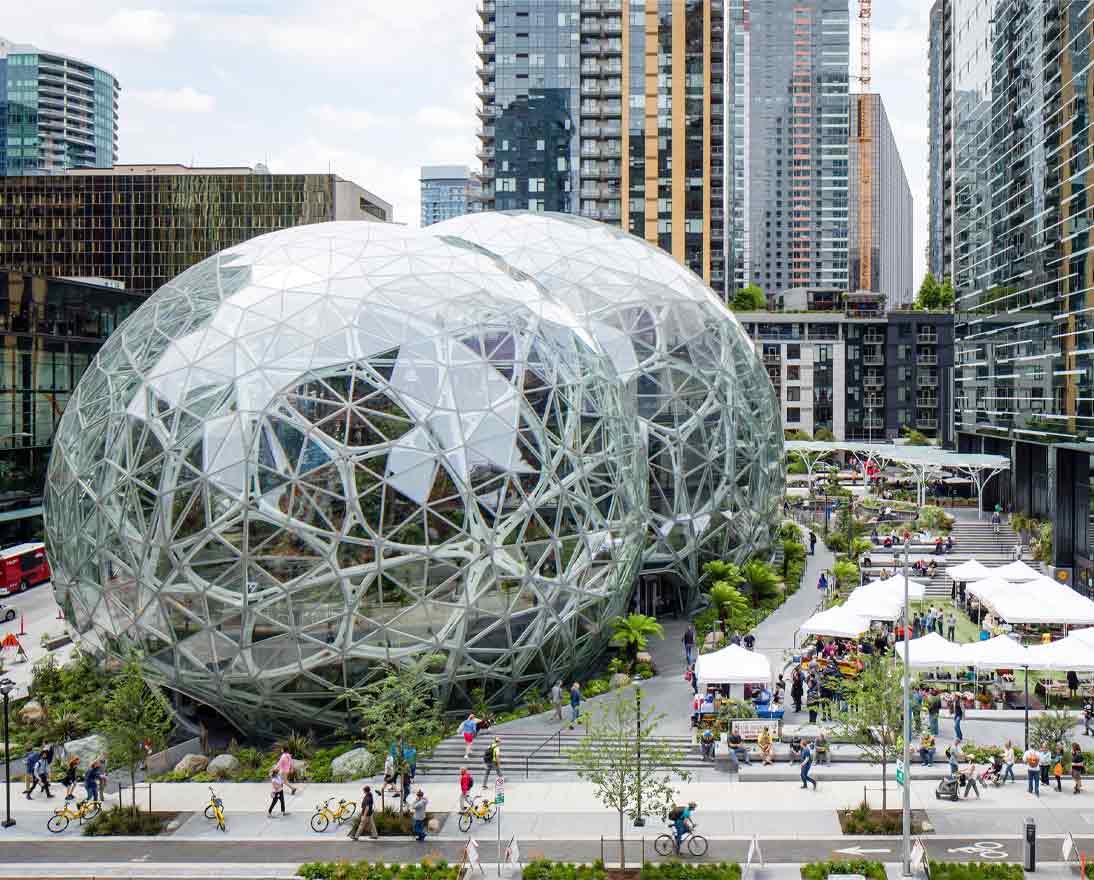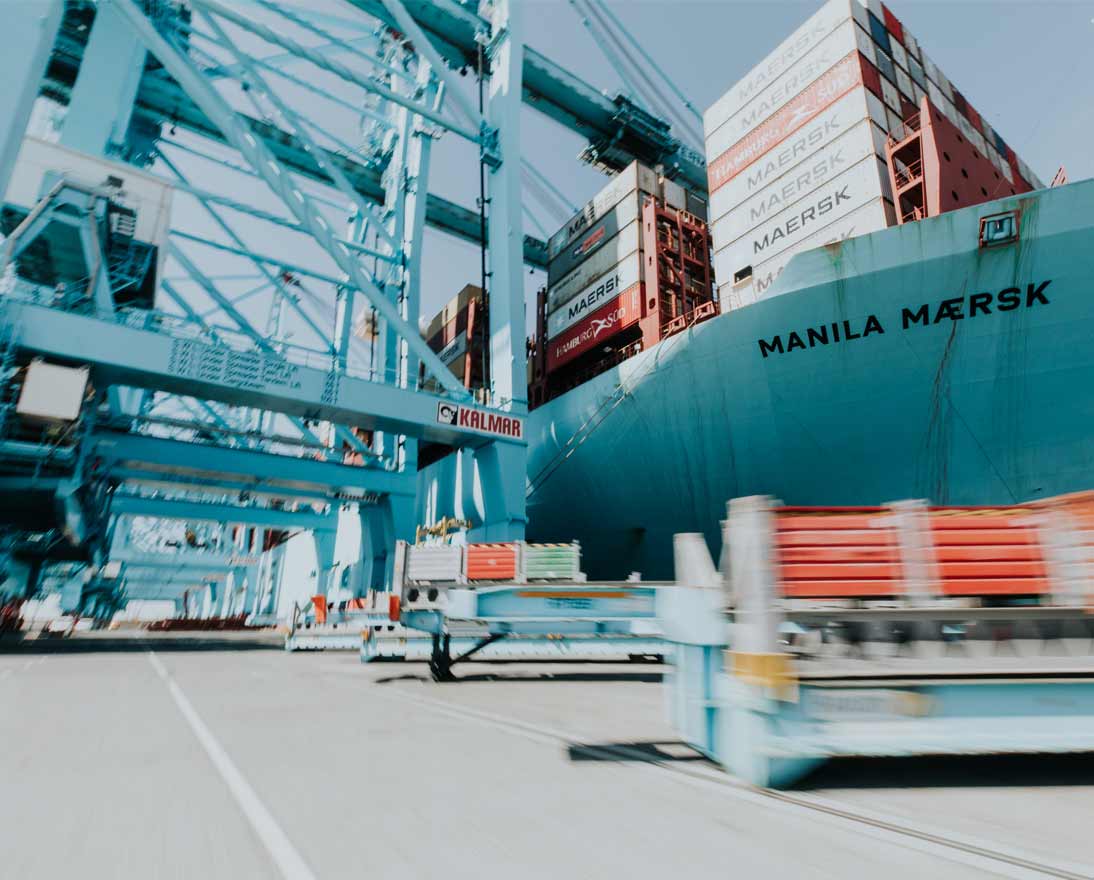Fueling the future: How Zurich’s customer H2 Energy is pioneering green hydrogen
Net-zero transitionArticleMay 14, 2025
As the world seeks sustainable energy solutions, H2 Energy is leading a green hydrogen revolution in Switzerland. Discover how Zurich is supporting H2 Energy to develop a green hydrogen ecosystem that could help power the energy transition.
Drive through Switzerland and you might spot the potential future of sustainable transportation. On the roads are 48 fuel cell heavy-duty trucks that are powered by green hydrogen, a clean fuel made by using renewable energy to split water into hydrogen and oxygen – and the only emissions are water.
The trucks are on the road thanks to Hyundai Hydrogen Mobility. It’s a joint venture that was setup between South Korean automotive giant Hyundai and Swiss green energy pioneer H2 Energy, a customer of Zurich Insurance in Switzerland, which has been providing tailored insurance and risk management solutions for the past six years.
H2 Energy was founded by Rolf Huber in 2014. A few years earlier, he became convinced that green hydrogen is essential for a net-zero future, helping economies transition from fossil fuels.
“We have a selection of technologies available to support the energy transition,” Huber says. “Many people debate which is the best. I don’t have a preference. But I do know that we will need all potential green technologies and that it will be very difficult, if not impossible, to leave green hydrogen out of the equation.”
The potential of green hydrogen
It’s easy to see why Huber is passionate about hydrogen’s potential. It’s a versatile fuel that can be easily transported via pipelines, trucks and ships. It can be burned to produce heat or used in a hydrogen fuel cell to generate electricity, making it suitable for power generation, transport and domestic heating. Additionally, it can reduce the environmental impact of industrial processes like steel, chemicals and cement production. Combined with nitrogen to produce ammonia, or with carbon dioxide (CO2) to create methanol or synthetic methane, it can also provide an alternative fuel for rail, shipping and aviation.
Hydrogen also offers a promising solution for large-scale, long-duration energy storage. It can store excess energy and help balance fluctuations in electricity demand and supply from renewable sources like wind and solar.
Importantly, hydrogen produces no carbon emissions at the point of use, emitting only water. This makes hydrogen an environmentally friendly alternative to fossil fuels that could help decarbonize the global economy.
However, there’s a catch. Most hydrogen produced today is “grey” hydrogen, extracted from natural gas, which releases CO2 into the atmosphere.
Green hydrogen production
Another way to produce hydrogen is through electrolysis, the process of splitting water (H2O) into oxygen and hydrogen using an electric current. If the electricity needed for electrolysis is generated from renewable energy sources, no CO2 is produced – this is known as “green” hydrogen.
H2 Energy has designed and built two green hydrogen production plants in Switzerland, both powered by nearby hydroelectric stations. One is owned and operated by a joint venture called Hydrospider, which emerged from a collaboration between H2Energy and Alpiq, an electricity provider, and also includes the industrial gas engineering company Linde. The second is owned by Wasserstoffproduktion Ostschweiz, a joint venture between AVIA Osterwalder, SAK and SN Energie. Hydrospider also operates a logistics system that delivers green hydrogen to a network of 18 fueling stations across Switzerland, ensuring Hyundai Hydrogen Mobility’s fleet of trucks and other hydrogen vehicles have a secure source of fuel.
Cracking the chicken-and-egg problem
One challenge limiting the growth of green hydrogen is what Huber calls the “chicken-and-egg problem.” This cycle occurs when no one invests in green hydrogen production capabilities without demand for its use, and no one invests in end-user applications (e.g., hydrogen fuel cell vehicles) without a secure and stable supply.
“Solving a chicken-and-egg challenge always starts with the customer,” says Huber. “We needed to find out who would buy green hydrogen and why?”
Huber used his background in financial engineering and consultancy at McKinsey & Company to build a strong case to convince some of Switzerland’s largest retail chains and wholesalers that switching to fuel cell trucks would support their net-zero ambitions and be cost-neutral compared to diesel. “At that point, we knew we could generate demand. And as soon as you have volumes, infrastructure will follow.”
To build that infrastructure, H2 Energy’s next step was to form collaborations and create joint ventures like Hyundai Hydrogen Mobility and Hydrospider. These partnerships provided the technical expertise and financing needed to build a green hydrogen ecosystem covering the full value chain from supply to demand, solving the chicken-and-egg problem.
Insuring the transition
In addition to insuring Hyundai Hydrogen Mobility’s truck fleet, Zurich also provides multiple insurance products to H2 Energy and Hydrospider, protecting the entire green hydrogen ecosystem. This includes property, liability, accident and health, engineering and marine lines of insurance.
Huber admits he was initially naive about insurance. “To be honest, it was never a focus of ours at the beginning, which was probably a huge mistake. But we got lucky.”
As luck would have it, one of Huber’s former McKinsey & Company colleagues, Christian Schepers, is account manager at Swiss insurance broker, True Partners AG. “He brought an insurance perspective into our business model that looked beyond financial risks,” Huber explains. Schepers also introduced Huber to Michael Zingg, Head of Market Customers, Commercial Insurance Switzerland, at Zurich Insurance Company.
“We were initially asked to insure the fuel cell heavy-duty trucks,” recalls Zingg. “At that time, many insurers were hesitant to cover hydrogen due to the perceived risks.” Hydrogen is more flammable than gasoline or diesel, and hydrogen’s small molecule size means that leaks are a potential hazard when the gas is stored under pressure.
But Zurich is committed to helping the global economy transition to net-zero and wanted to support H2 Energy – even Juan Beer, the CEO of Zurich in Switzerland, took a close interest. “We consulted with our risk experts, including hydrogen specialists, at our local Zurich Resilience Solutions team,” Zingg says. “They explained how the hazards associated with hydrogen can be managed with safe handling procedures, containment systems and specialized equipment. This means that hydrogen is no more hazardous than diesel.”
Zurich’s relationship with H2 Energy has flourished. In addition to providing insurance solutions and risk management advice, Zurich has helped H2 Energy overcome obstacles such as the initial lack of specialized road assistance and repair workshops for fuel cell trucks in Switzerland. Zurich and H2 Energy now have offices in the same building in Oerlikon, Zürich.
“What H2 Energy and their partners are building here in Switzerland is very impressive,” adds Urs Lüthy, Head of Commercial Insurance Switzerland at Zurich Insurance Company. “We work closely with True Partners to ensure H2 Energy, and its Swiss joint ventures have the protection they need to focus on growing their business and developing the green hydrogen market.”
“Without Zurich to insure the fuel cell heavy-duty trucks, we would have faced a clear showstopper to everything we have done,” Huber says. “We very much appreciate working with the Zurich team; it’s been a super pleasant journey. And when you tell people that we’re insured by Zurich, it’s seen as a sign of quality for our business.”
Navigating headwinds
More than a decade since launch and H2 Energy is thriving. But the business has had to contend with some strong headwinds. “We launched Hyundai Hydrogen Mobility at the end of 2019, then came COVID-19,” Huber says. “We couldn’t do anything. We couldn’t get the technicians; we couldn’t reach our customers. When the pandemic passed, we were ready to scale up the business, but then we faced the energy crisis. Energy prices soared, including the cost of renewable energy we use to produce green hydrogen, harming our business model.”
But H2 Energy has remained resilient and agile to navigate these challenges. One way has been to evolve its business model to sell technology solutions in addition to developing large green hydrogen projects. For instance, it launched a green hydrogen-based mobile power supply called kvyreen. This provides a sustainable alternative to diesel generators and can be used on construction sites, at major outdoor events, and even in some Swiss fueling stations to fast-charge electric vehicles.
“If the mountain is too big, you have to find another path around it,” says Huber, “and we have always found one.”
This attitude impresses Zingg. “Rolf and the H2 Energy team have tremendous spirit,” he says. “They are incredibly determined to support the energy transition and demonstrate that green hydrogen can also be a profitable venture that should attract more investors.”
Huber is confident about the future of green hydrogen and the global economy’s ability to transition to a green energy system.
“For most people, the energy transition triggers fear,” he says. “For me, it triggers enthusiasm because I see a big opportunity to be part of a historic transition.”



